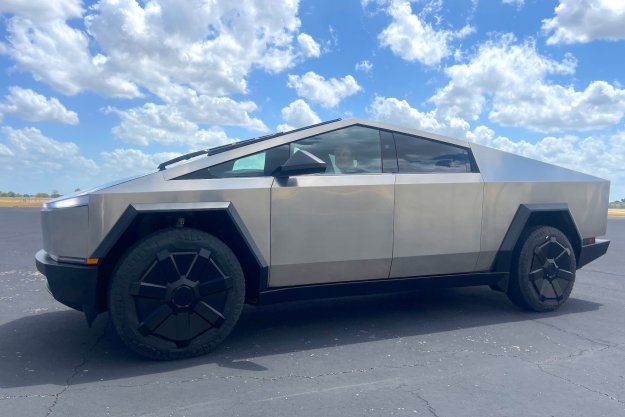London Gatwick Airport staff members will make aviation and automotive history this summer when they ride driverless buses. The gateway’s initial six-month autonomous vehicle trial will enter the record books as the first such airport test in the world.
In 2017, Gatwick served 45.6 million passengers and 56 airlines. Fully one-quarter of the U.K. population lives within one hour of Gatwick, from which one can make connections to 800 rail stations, 129 by direct train.
So Gatwick is an extremely busy place with passengers, staff, cars, trains, and airplanes moving in and out 24/7. What better place to turn loose driverless buses?
The driverless bus program’s eventual goal is widespread deployment of self-driving vehicles directly on airfields, also referred to as “airside.” If the program is successful, the eventual result will be fewer vehicles on the field plus steep reductions in emissions and costs.
Gatwick currently has 300 airside vehicles. Most of the time, 90 percent of the time in fact, those vehicles remain stationary while staff help passengers and tend to aircraft. The six-month trial starting this summer will employ electric-powered driverless buses to move staff members.
Initially, the autonomous buses will move staff members on roads that connect Gatwick’s North and South terminals. The trial will not involve transporting passengers and there will be no movement of or contact with aircraft.
The buses will be managed by autonomous control software from Oxbotica. The software company is also engaged in developing autonomous vehicles to travel between Oxford and London and in trials on other U.K. roads.
If the testing on Gatwick’s vast, busy airfield road complex is successful, the data will be useful from a range of perspectives. Further autonomous deployments are a certain result if the trial is successful. The British government and insurance companies also are eager to learn more about how autonomous vehicles can work within environments with as many variables as are present at Gatwick.
At the airport, offices are looking for specific applications. “If this trial proves successful then in the future we could have an Uber-like service operating across the airfield which staff can hail as and when they need to travel,” said Cathal Corcoran, Gatwick’s chief information officer.
The International Air Transport Association (IATA) is also anticipating the Gatwick trial. The trade organization has identified more than 40 potential uses for self-driving vehicles at airports, including aircraft pushback tugs, passenger loading bridges, and baggage vehicles.
Gatwick’s historic lists of most, best, and fastest, by the way, began with the aerodrome’s opening in 1930 as the Surrey Aero Club.
Editors' Recommendations
- This cool-looking driverless truck is transporting goods for GE Appliances
- Nuro’s driverless delivery pod greenlighted for California trial
- Drivers needed (sort of): Einride wants remote pilots for its driverless pods
- Listen to the soothing sound coming to London’s electric buses




